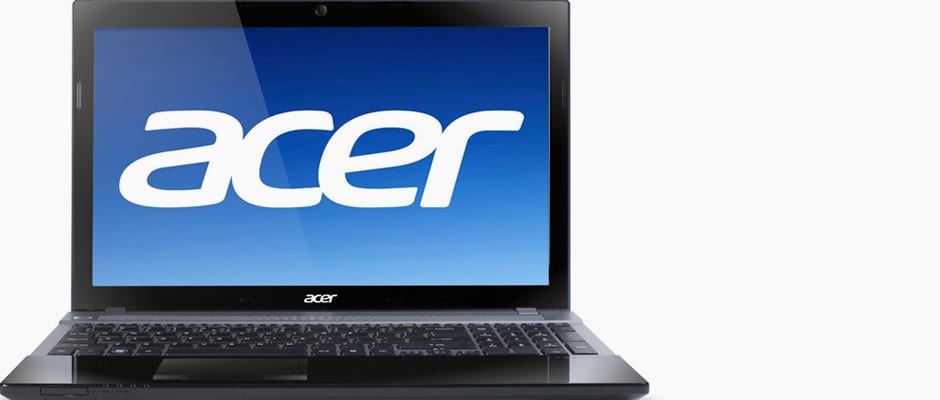Pros
Cons
Introduction
Front
{{section_header}}{{section.name}}{{/section_header}}
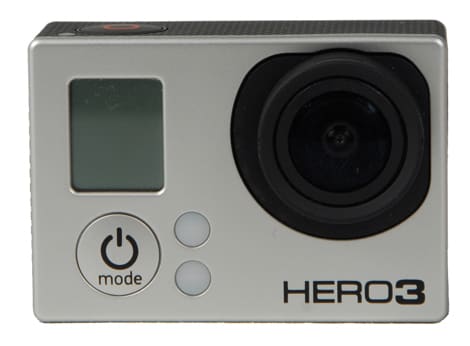
Side
{{section_header}}{{section.name}}{{/section_header}}
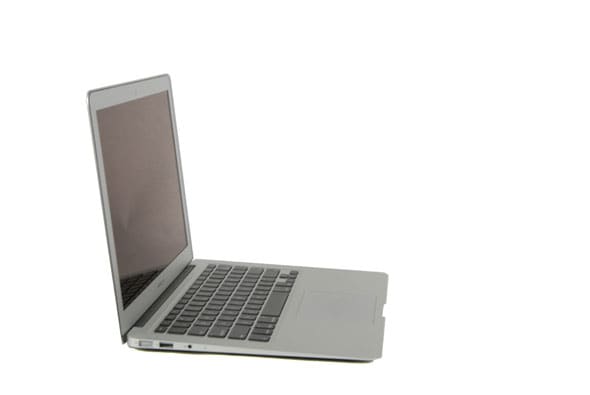
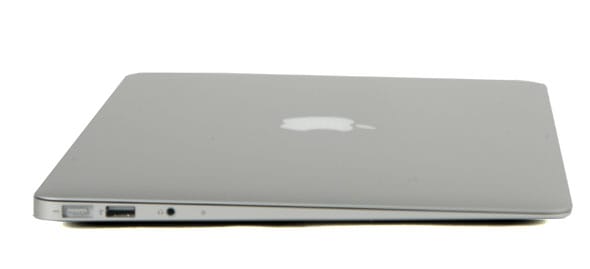
Keyboard & Touchpad
Ports & Sockets
{{section_header}}{{section.name}}{{/section_header}}
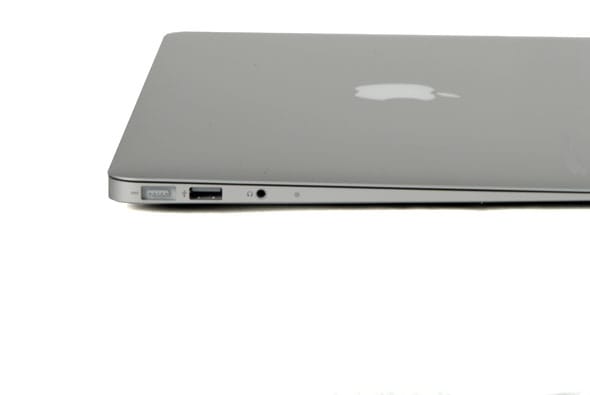
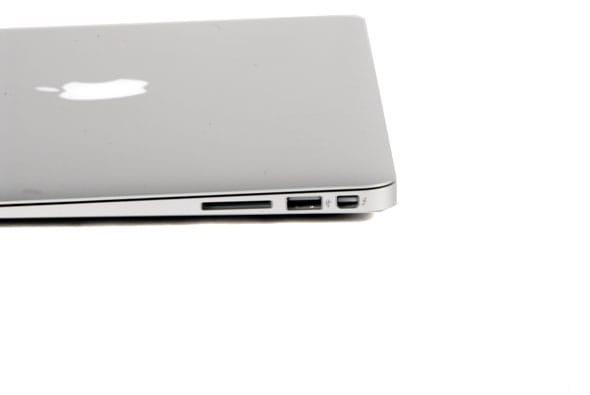
Controls
{{section_header}}{{section.name}}{{/section_header}}

Travel Kit
{{section_header}}{{section.name}}{{/section_header}}
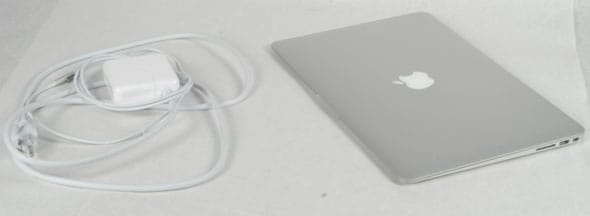
The travel includes the charger and the laptop, everything you'll need to take to be on the go.
Overall Performance
{{section_header}}{{section.name}}{{/section_header}}
The {{product.model}} had a decent performance in our gaming tests, but lagged behind in the applications round. In the first test we used PC Mark which made the Aspire jump through virtual hoops like web browsing, image manipulation, and video playback. The V3 model we tested scored a 1860. That's rather on the low end of things placing it ahead our lowest scoring laptop, the Toshiba Satellite, and behind the Samsung Series 5. However, as we progressed through the tests we saw that the V3 had a lot potential. Its greatest redeemers were our gaming tests. The {{product.model}}'s Radeon graphics were not put to waste. During our 3D Vantage Mark test, which sees how well a computer renders complex graphics, the V3 scores P3776. That really surprised us because it places the V3 in right behind the Macbook Pro with Retina Display in our graphics rankings. This laptop seemed to aspire to have niche status as it had middling performance in every other category.
Application Performance
{{section_header}}{{section.name}}{{/section_header}}
The V3 was slow and steady in all our applications tests. We understand simulated examinations in virtual work environments are all fine and dandy, but we decided to do some real world tests. In an attempt to cover the widest girth of tests, we used Excel, Photoshop, and, the video converting software, Handbrake. In each test we timed how long it took for the {{product.model}} to finish a standard set of challenges. In the first test, we noted how long the Aspire needed to go through five thousand lines of calculations in an Excel spreadsheet. Five thousand lines of foiling and checking primes took the V3 10.3 seconds. The next test required the Aspire apply a list of filters to a standard image in Photoshop. This laptop finished in 24.02 seconds. Our final test required the V3 to convert a high definition to standard definition. It converted the last frame after 196 seconds. As you can see in the table below, the {{product.model}} was leagues ahead of the Toshiba Satellite, and nipped at the heels of the Samsung Series 5 Ultra.
Gaming Performance
{{section_header}}{{section.name}}{{/section_header}}
Based on its hardware, we pegged the V3 as an underdog, but it astounded us all with its gaming abilities. The programs that were used in the applications testing round are more likely to be encountered at work than anywhere else. For those who want to use their laptops for more leisurely pursuits we implemented a gaming test. To whittle away our free time we played some Portal 2 on the {{product.model}} and recorded how many frames a second the machine could churn out on high and low settings. The V3 surprised us, on low settings, it 190.58 frames a second. On high it got 87.26 frames per second. That places the V3 second in the gaming ranks, behind only the Macbook Pro with Retina Display which costs four times as much.
Overall Battery Life
{{section_header}}{{section.name}}{{/section_header}}
The {{product.model}}'s battery had a good showing in our battery tests. Under normal settings, the {{product.model}}'s battery lasted a little under three hours which should cover the average user's commute.
Maximum Battery Life
{{section_header}}{{section.name}}{{/section_header}}
The V3 had a middling performance when we tried to eek out as much battery life as possible. We lowered the screen brightness to 22 cd/m2, its darkest setting, to see how much working time we could scrape out of the {{product.model}}. We managed to stretch the power supply for 3 hours and 14 minutes.
Balanced Battery Life
{{section_header}}{{section.name}}{{/section_header}}
On normal settings, the {{product.model}} had a short lived battery. For the balanced battery life we set the {{product.model}} to 160 cd/m2 and ran a standard Power Mark test. On this setting, we only managed to coax out an additional 4 minutes compared to the high performance test. In total, the V3 lasted two hours and fifty-seven minutes.
High Performance Battery Life
{{section_header}}{{section.name}}{{/section_header}}
When trading battery life for performance, the V3 had a fairly poor showing. To see how quickly we could drain the {{product.model}}'s battery we dialed the screen up to its maximum of 210 cd/m2 and used Powermark to simulate a typical workload. On this setting the V3's battery carried on for two hours and fifty-three minutes.
Display
{{section_header}}{{section.name}}{{/section_header}}

The {{product.model}} boasts a 1366 x 768 display on a 15.6-inch screen.
Keyboard
Mouse / Touchpad Features
{{section_header}}{{section.name}}{{/section_header}}
{{product.manufacturer_specs['Mouse / Touchpad Photo']}}
The Acer Aspire V3 has a 2 by 3.5 inch touchpad with a textured surface and two buttons at the bottom.
Other Controls
{{section_header}}{{section.name}}{{/section_header}}

Processor, Memory & Storage
{{section_header}}{{section.name}}{{/section_header}}
A quad-core AMD A8-4500M powers of the {{product.model}}. It's not the best CPU around, but it keeps costs down and gets the job done. The V3 runs on 6GB of DDR3 with 750 GB of storage, given its large size we expected nothing less. This model also includes an 8X DVD-Super Multi Double-Layer Drive which can read DVDs, but not Blue-Rays.
Ports
{{section_header}}{{section.name}}{{/section_header}}


The {{product.model}} had a pretty standard spread of ports. It has three USB ports, one 3.0 and two 2.0. For display, it carries an HDMI and VGA port.
Screen
{{section_header}}{{section.name}}{{/section_header}}

The screen on the V3 was fairly bright. It reached a luminance of 210 cd/m. Though we did constantly see reflections of ourselves. Seeing our faces while we typed or watched movies on this laptop became too much of a good thing.
Keyboard
{{section_header}}{{section.name}}{{/section_header}}
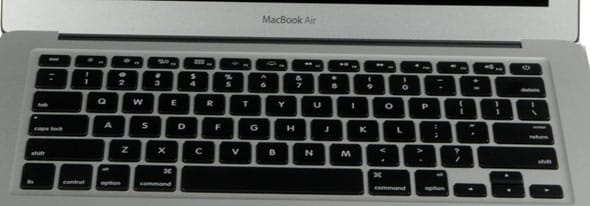
A 15.6-inch screen places the {{product.model}} in the XL category of modern laptops. That leaves plenty of room for the keyboard. However, the keys do feel a little cramped. It's strange considering the enter, right shift, and back space keys seemed far too large. However, the cramped conditions can be forgiven as the V3 carries a numeric pad. The model we tested also had an Alt GR key which is always useful. The key allows access to symbols while typing such as a U with umlauts. Typing on the V3 was a good experience, the keys, though cramped, offered good bounce and were responsive.
Mouse / Touchpad
{{section_header}}{{section.name}}{{/section_header}}
{{product.manufacturer_specs['Mouse / Touchpad Photo']}}
The {{product.model}}'s touchpad has a textured service and two click buttons at the bottom. Additionally, it also has an area to the right side devoted to scrolling. Overall, we were satisfied with the touchpad experience. Though the textured surface provided a good tactile sensation, our work with it left an impressive. The thing was a finger print magnet.
Heat & Noise
{{section_header}}{{section.name}}{{/section_header}}
The left side of keyboard near the vent reached temperatures upwards of 99 degrees. The underside of the vent got over a hundred degrees during resource intensive use.
Comparison Overview
{{section_header}}{{section.name}}{{/section_header}}
Having the S3 next to the {{product.model}}
Comparison Overview
{{section_header}}{{section.name}}{{/section_header}}
We managed to obtain a Toshiba Satellite C655D-S5537 for around 350 dollars. It came in dead last in all our performance tests. However, it surprised us in the battery test by coming out on top. The {{product.model}} cost us around 530 dollars. Now, 180 dollars is not small change, but the disparity in performance is even more glaring. The largest gap occurred during the Handbrake test. In the time it took the Satellite to convert one high-definition video down to standard-definition, the V3 could have done it five times with plenty of time to spare. Usability wise, both these laptops have large keyboards with numberpads. Though the Satellite had bigger, more comfortable keys. It goes remained much cooler than the V3, not surprising since its internals weren't very resource hungry.
Even though the Satellite had a better battery life and a more comfortable typing experience, we have to recommend the V3 for almost any purpose. The one key exception is for someone who is learning to use a computer. The Satellite would make an excellent teaching tool. It's much easier to conceive spending $350 with the intent of trading up after a year or even six months of use. However, if you want a laptop to use from now to the near future, the {{product.model}} is the better bet.
Comparison Overview
{{section_header}}{{section.name}}{{/section_header}}
Going over the records of laptop results, we noticed that the Samsung Series 5 Ultra and the {{product.model}} had some very similar scores during our applications testing. For the Photoshop test, the Series 5 applied all the filters in 23.8 seconds narrowly finishing ahead of the V3's 24.02. The Series 5 had more raw processing power. It scored higher in our PC Mark tests and the Geekbench test. Though, the V3 pulled head in the graphics tests, in both the 3D Vantage Mark and the Portal 2 test.
Choosing between the Samsung Series 5 Ultra and {{product.model}} will be like choosing between work and play. The V3 has a larger screen and plays games better. On the opposite side of the Series 5 eked out a victory in all the applications testing by on average a few seconds. Because of the only slight difference in applications performance and a large gap in the gaming performance, we recommend the {{product.model}}.
Conclusion
The {{product.model}} is powered by a quad-core AMD A8-4500M with 6 GB of RAM and 750 GB of storage. All this hardware comes in at 6.31 pounds when combined with the charger. We managed to pick up this model of V3 for $529.
Given the price, the {{product.model}} was an impressive laptop. The biggest boon that the V3 has is its AMD Radeon HD 7640G with 512 MB of allocated memory. It allowed the V3 to score a P3766 on the 3D Vantage Mark test which tested the laptop's theoretical ability to slog through resource intensive graphics. During the real world test we played Portal 2 and the V3 gave us smooth game play, even on the highest settings it managed 87.26 FPS. Another point of pride for the V3 is its price, being so low really adds to its appeal.
The {{product.model}} had some low points during our testing. Its PC Mark score of 1860 places it second to last in overall performance. That story was repeated for the Excel and Photoshop tests as well. Weighing in at 6.31 pounds makes it the heaviest laptop we've tested thus far which limits its portability. While using this laptop, we found the keyboard felt cramped. After using the V3 for a day, the exterior and the touch pad became grubby. Two days more of use and the V3 looked like it had been passed around an auditorium of third graders.
Amongst the lower priced laptops, the {{product.model}} proved itself to a good contender. In our rankings, the V3 scored second to last in our applications test. It also fared poorly in our benchmark tests scoring. However, it shined through during graphical and gaming tests. Based on the numbers, we recommend the {{product.model}} for anyone looking for a cheap laptop for gaming.
Photo Gallery
{{photo_gallery "Front Photo", "Side Open Photo", "Side Closed Photo", "Keyboard Overview Photo", "Keyboard Detail Photo", "Touchpad Photo", "Ports & Sockets Photo 1", "Ports & Sockets Photo 2", "Controls Photo", "Travel Kit Photo", "Software Screenshot"}}
Meet the tester
Jonathan Chan currently serves as the Lab Manager at Reviewed. If you clean with it, it's likely that Jon oversees its testing. Since joining the Reviewed in 2012, Jon has helped launch the company's efforts in reviewing laptops, vacuums, and outdoor gear. He thinks he's a pretty big deal. In the pursuit of data, he's plunged his hands into freezing cold water, consented to be literally dragged through the mud, and watched paint dry. Jon demands you have a nice day.
Checking our work.
Our team is here to help you buy the best stuff and love what you own. Our writers, editors, and experts obsess over the products we cover to make sure you're confident and satisfied. Have a different opinion about something we recommend? Email us and we'll compare notes.
Shoot us an email